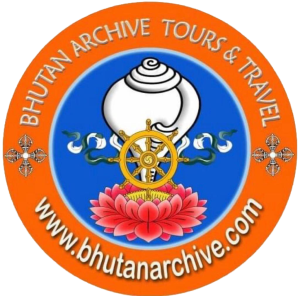Bhutan
The Kingdom of Bhutan is a tranquil country where you can explore ancient cultures, beautiful landscapes, and magnificent architecture.
Bhutan, called Druk Yul by its people, is known as the “Land of the Thunder Dragon”. It is one of the world’s most beautiful, yet mysterious places. It is located on the eastern edge of the Himalayan Mountain region. A large part of the area is forested, welcoming a diverse ecosystem of flora and fauna. The country stretches from subtropical valleys and plains to snow-capped mountain ranges. This landscape makes it the perfect place to trek through the majestic valleys or steep mountains to visit ancient architecture and Buddhist temples.
Bhutan has a rich culture where most of its 700,000 inhabitants practice the Buddhist religion. This secluded land has a rich history embedded into the society and shows through the festival reenactments. Bhutan’s ancient cultural traditions have continued to grow despite the current technological restructuring. Only since the mid-1970s technology has come to Bhutan. It has become the ultimate tourist destination for adventurers, spiritual awakenings, and serene visages.
Where is Bhutan Located in Asia?
The Kingdom of Bhutan is a small landlocked country located in the South Asia region. The South Asia region consists of Afghanistan, Pakistan, India, Nepal, Bhutan, Bangladesh, the Maldives and Sri Lanka. Bhutan is located in the southern foothills of the Himalayan mountain range, sandwiched between two superpowers – the People’s Republic of China in the north and the Republic of India in the south. Tibet is located on its northern border, while three Indian cities are bordering Bhutan with Sikkim to the east, Arunachal Pradesh to the east and Assam state to the south.

